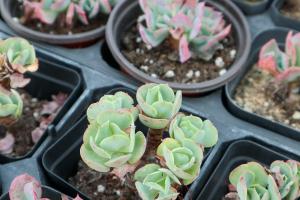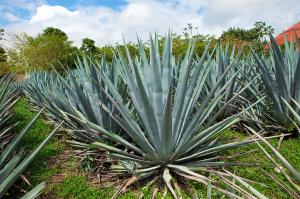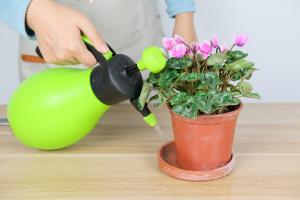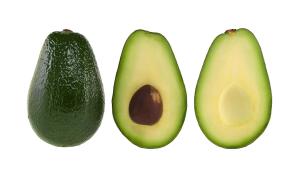How to Make Self Watering Pots for Plants
If you love plants, but can’t seem to keep them alive because you forget to water them, then self watering pots may be the solution for you. Self watering pots are perfect for anyone who’s forgetful or doesn’t have the time to water their plants daily. In this article, we’ll go over the steps on how to make your own self watering pots for plants.
Step 1: Choose the Container
The first step to making your own self watering pot is to choose the container you want to use. You can use any type of container, as long as it has a lid or can be covered. Some popular options include mason jars, plastic containers, and ceramic pots. Whatever container you choose, make sure it has adequate drainage for excess water to escape.
Step 2: Prepare the Potting Mix
Once you’ve chosen your container, you’ll need to prepare your potting mix. A good potting mix recipe consists of equal parts of peat moss, vermiculite, and perlite. Combine these ingredients in a large bowl and mix well. This potting mix is ideal for self watering pots because it holds moisture well and provides good drainage for excess water.
Step 3: Make Self Watering Wicks
The next step is to make the self watering wicks that will draw water up from the reservoir below. To do this, cut a piece of cotton rope or fabric several inches longer than the height of your container. Soak the rope or fabric in water for a few minutes, then feed it through a small hole in the bottom of the container. Make sure the rope or fabric is long enough to touch the bottom of the container and extend a few inches above the soil line.
Step 4: Add the Reservoir
The reservoir is the part of the pot that holds the water. To make the reservoir, fill the bottom of your container with water. Make sure the self watering wick is submerged in the water. If your container doesn’t have a lid, cover it with plastic wrap or aluminum foil to prevent evaporation.
Step 5: Plant Your Seeds or Seedlings
Once you’ve established the reservoir, you can plant your seeds or seedlings in the potting mix. Make sure you water the potting mix well before planting. After planting, cover the pot with a lid or plastic wrap to maintain moisture in the potting mix.
Step 6: Maintain Your Self Watering Pot
It’s important to check the water level in your self watering pot regularly, especially during hot weather. Refill the reservoir when the water level gets low. This will ensure that your plants are getting the water they need to thrive. Remember to also fertilize your plants regularly using a liquid fertilizer, as plants in self watering pots may use up the nutrients in the potting mix faster than plants in traditional pots.
Congratulations, you’ve just made your own self watering pot for plants! By following these simple steps, you can ensure that your plants receive consistent moisture to grow and thrive.

 how many times do yo...
how many times do yo... how many planted tre...
how many planted tre... how many pine trees ...
how many pine trees ... how many pecan trees...
how many pecan trees... how many plants comp...
how many plants comp... how many plants can ...
how many plants can ... how many plants and ...
how many plants and ... how many pepper plan...
how many pepper plan...

































